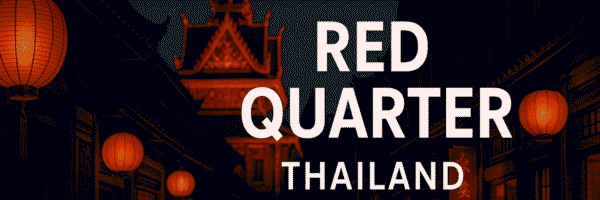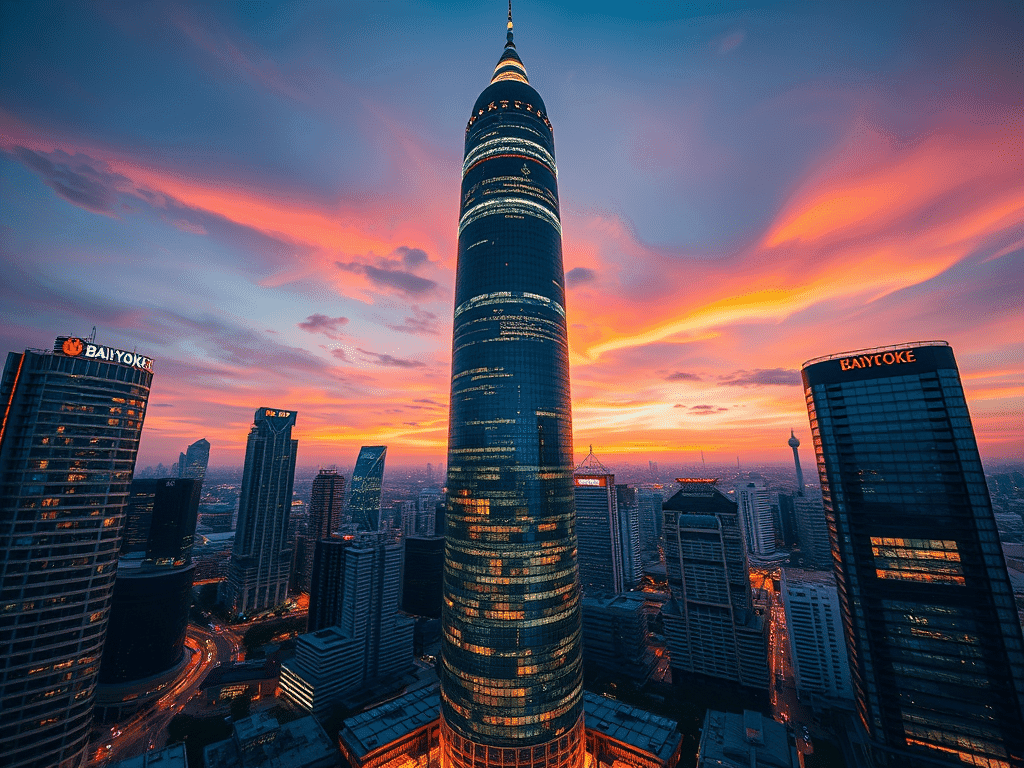A visit to the UNESCO World Heritage Site of Ban Chiang
The archaeological site of Ban Chiang is one of the most fascinating places in Thailand. A UNESCO World Heritage Site, this site is home to archaeological finds dating back more than 5,000 years, making it one of the oldest cultural sites in the region. If you’re passionate about history, culture, and archaeology, Ban Chiang is a must-see. In this article, we’ll explore this exceptional site, its history, and what you can discover there on a visit.
1. What is Ban Chiang?
An ancient archaeological site
Ban Chiang is a village located in the province of Udon Thani, in the north-east of Thailand. It is famous for its exceptional archaeological discoveries dating back to prehistoric times. This site was inhabited by ancient civilizations who left behind artifacts, pottery, tools, and funerary remains. The excavations have uncovered one of the oldest metallurgical cultures in Southeast Asia, making Ban Chiang an exceptional site for archaeologists and historians.
Why is Ban Chiang a UNESCO World Heritage Site?
Ban Chiang was listed as a UNESCO World Heritage Site in 1992 due to its historical and archaeological significance. The site offers a unique insight into the early stages of the evolution of human civilization in Southeast Asia. The artifacts found, including painted pottery and metal tools, show how the early inhabitants of this region shaped their culture, developed agriculture, and mastered metallurgy. This inscription is a testament to the Outstanding Universal Value of Ban Chiang.
2. Archaeological discoveries in Ban Chiang
Fascinating artifacts
During your visits to the Ban Chiang site, you will be able to discover a variety of artifacts dating back several millennia. Some of the most notable objects include decorated pottery, stone tools, and metal objects. One of the most impressive finds is that of ceramic pots, often decorated with geometric patterns. These pottery are considered to be among the oldest in the region.
The excavations also uncovered grave remains, including tombs that contain human remains along with various personal items. These discoveries help to understand the religious beliefs and funerary rituals of the ancient civilizations that inhabited the region.
The evolution of metallurgy
One of the most fascinating discoveries in Ban Chiang is the use of metal. The site reveals that the locals mastered copper metallurgy long before many other peoples of Southeast Asia. Archaeologists have found metal tools, weapons, and decorative objects made from copper, which is a testament to the technological evolution of the Ban Chiang civilization.
3. What to see during your visit to Ban Chiang?
The Ban Chiang Museum
The Ban Chiang Museum is one of the main points of interest at the site. It displays a wide variety of artifacts discovered during archaeological excavations. The objects are well displayed and accompanied by detailed descriptions that will help you understand the historical significance of each find. The museum also offers information on excavation methods and the evolution of the site over the years.
The museum is divided into several sections that allow you to follow the evolution of discoveries, from the first agricultural civilizations to the arrival of metallurgy. If you are interested in history, this is a must-see place to enrich your visit.
The excavation site
The Ban Chiang excavation site is where the archaeological discoveries were made. Although some areas are protected and not accessible to the public, it is possible to see several open areas where archaeological excavations are underway. You’ll be able to observe archaeologists at work and learn about the methods used to extract and preserve artifacts.
Tombs and funerary remains
The tombs discovered at Ban Chiang are also an important attraction. They offer a fascinating insight into the funeral rituals of the ancient inhabitants of the region. .
4. Practical tips for your visit
Best time to visit
The best time to visit Ban Chiang is between November and February, during the dry season in Thailand. Temperatures are cooler and there is less chance of rain, which makes the visit more enjoyable.
How to get to Ban Chiang?
Ban Chiang is about 55 km from Udon Thani Town. You can get to the site by taxi, bus, or rental car from the city. If you want to explore the area further, it is advisable to rent a car or scooter to enjoy the surrounding landscapes.
Opening hours and prices
The Ban Chiang Archaeological Site and Museum are usually open daily from 8:30 AM to 4:30 PM. There is an entrance fee to the museum, and prices may vary depending on the nationality of the visitor. Be sure to check the current information before you go.
5. Conclusion: A Journey Through Thailand’s Ancient History
Ban Chiang is a one-of-a-kind site that offers a fascinating immersion into Thailand’s prehistoric history. With its outstanding archaeological finds, richly documented museum, and historic atmosphere, this site deserves a place on the list of anyone interested in Southeast Asian history and culture.
Whether you’re passionate about archaeology, history, or just curious about a unique site, Ban Chiang offers an unforgettable experience. Don’t miss the opportunity to visit this emblematic place and discover one of the oldest and most interesting civilizations in the region.




